
Music has long been considered a powerful force influencing emotions, behavior, and even societal trends. While music often serves as a source of comfort and joy, many songs are born from the darker aspects of life. Composers and musicians frequently draw on personal experiences or those of others, including trauma and adversity, to create powerful and evocative music. Here are 15 songs with disturbing backstories.
“Gloomy Sunday” by Billie Holiday
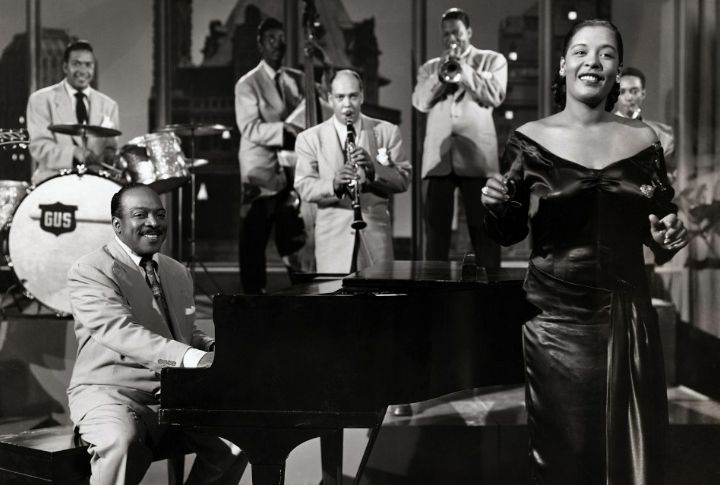
Nicknamed the “Hungarian Suicide Song,” it has a chilling history. Composed by Rezső Seress in 1933, it allegedly inspired numerous suicides. Billie Holiday’s haunting rendition in 1941 brought it to American audiences. The lyrics mourn a lover’s death, expressing a deep desire to reunite in the afterlife. Urban legends claim the song was banned from radio stations for its dark influence.
“Every Breath You Take” by The Police
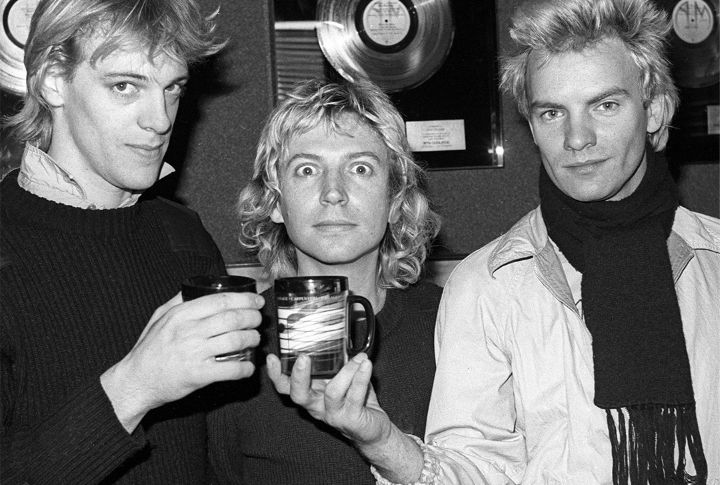
Often mistaken for a romantic ballad, “Every Breath You Take” is actually about obsession. The lyrics, written by Sting during his separation from his first wife, depict a stalker’s relentless surveillance. Despite its unsettling theme, the song became a massive hit in 1983. Fans frequently misinterpret the message as one of love and devotion. Sting has clarified its true meaning in various interviews.
“Jeremy” by Pearl Jam
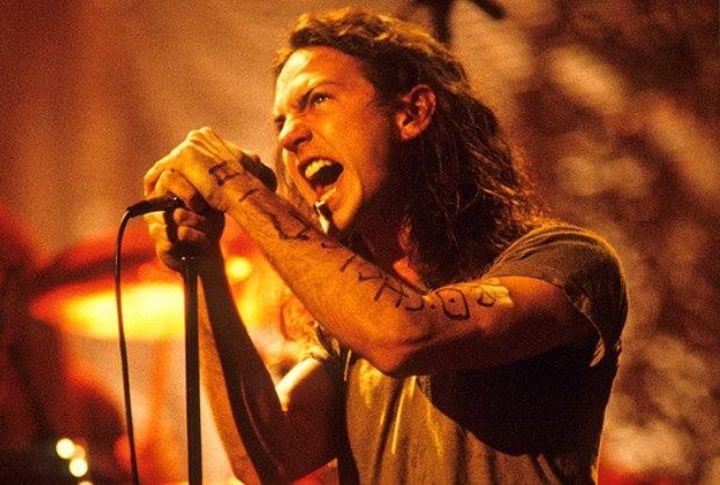
Inspired by a real-life tragedy, “Jeremy” tells the story of a boy who committed suicide in front of his classmates. Eddie Vedder penned the song after reading about a real-life incident involving a 15-year-old boy named Jeremy Wade Delle, who shot himself in his Texas high school classroom in 1991. Vedder used the powerful lyrics to highlight issues of bullying, neglect, and isolation, aiming to bring attention to the struggles faced by many adolescents.
“Polly” by Nirvana

Kurt Cobain wrote it after reading about a horrifying kidnapping, abuse, and torture case of a female minor in 1987 Washington. The song’s lyrics are from the perpetrator’s perspective, adding to its unsettling nature. Featured on the 1991 album “Nevermind,” it starkly contrasts with the album’s more upbeat tracks. Cobain intended to shed light on the brutality of the crime. Critics have praised its raw and unflinching portrayal of real-life violence.
“Love Will Tear Us Apart” by Joy Division
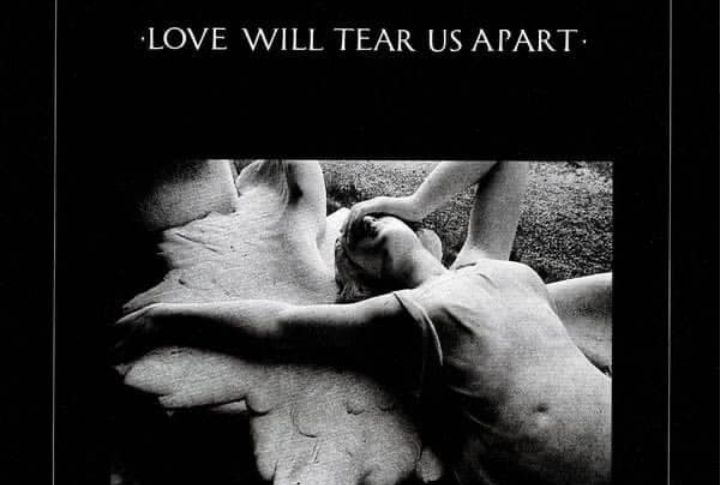
With a melancholic tone that was amplified by Ian Curtis’s somber delivery, “Love Will Tear Us Apart” reflects Ian Curtis’s tumultuous personal life and struggles with epilepsy. Written in 1979, the lyrics chronicle the disintegration of his marriage to his wife, Debora. Tragically, he took his own life shortly before its release, making the song a poignant reminder of his internal battles and artistic genius.
“Helter Skelter” by The Beatles
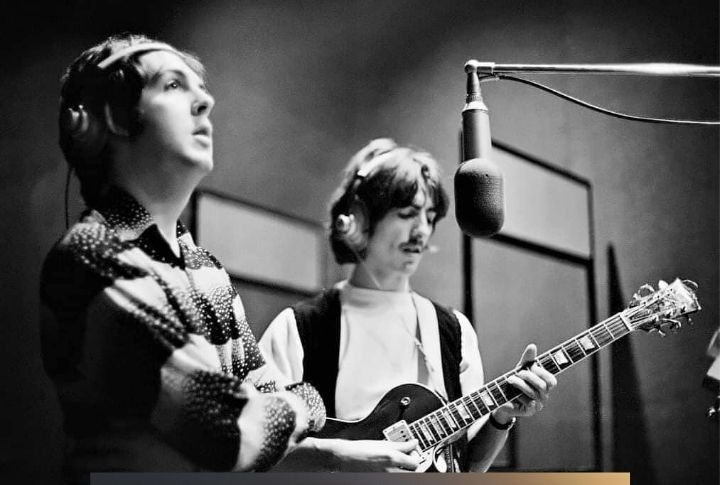
Against the Beatles’ intention, it inadvertently became associated with Charles Manson and his cult. Released in 1968, the song was intended as a chaotic, loud rock anthem. Manson interpreted it as a call to incite a race war, using it to justify his group’s murders. Paul McCartney was horrified by the connection and the misinterpretation of the lyrics. Despite its dark association, the song remains a classic in The Beatles’ discography.
“Semi-Charmed Life” by Third Eye Blind

Beneath its catchy melody, “Semi-Charmed Life” deals with drug addiction and its destructive consequences. Stephan Jenkins wrote the song in 1997, drawing from personal experiences and observations. Listeners often overlook the references to crystal meth and the cycle of dependency, proving Jenkins’ intention to contrast the dark subject matter with an infectious rhythm.
“Hurricane” by Bob Dylan
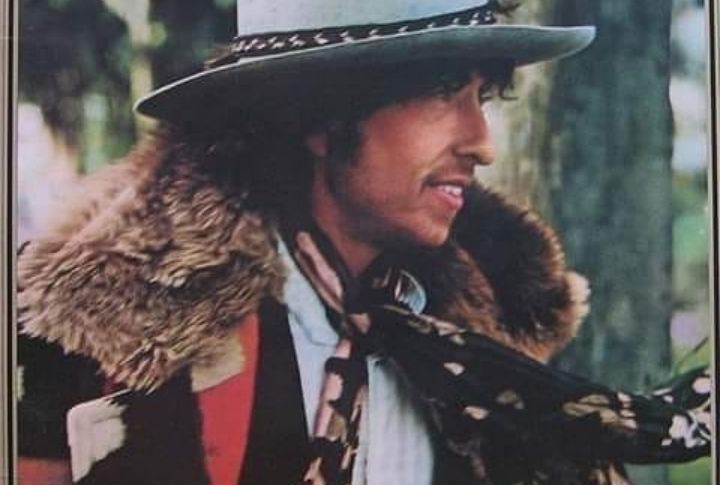
Written to be a powerful indictment of systemic racism, Bob Dylan’s “Hurricane” recounts the wrongful imprisonment of a middleweight boxer, Rubin “Hurricane” Carter. Released in 1975, the song highlights racial injustice and corruption in the legal system. Dylan’s impassioned delivery underscores the urgency of Carter’s plight. The music played a significant role in bringing public attention to the case.
“Tears in Heaven” by Eric Clapton

Although the song became one of his most emotional and well-known works, Eric Clapton penned “Tears in Heaven” after the tragic death of his four-year-old son, Conor, who fell from a 53rd-floor apartment in New York City in 1991. The song’s heartfelt lyrics express Clapton’s grief and longing to reunite with his son in the afterlife.
“99 Red Balloons” by Nena

Originally released in German as “99 Luftballons,” the song’s upbeat melody contrasts with its dark message about the paranoia and potential for destruction during the Cold War. The band saw a balloon released at a Rolling Stones concert and imagined what would happen if it were mistaken for a threat. The song symbolizes the story of 99 balloons mistaken for enemy aircraft, triggering a catastrophic war.
“I Don’t Like Mondays” by The Boomtown Rats

This song was inspired by a tragic school shooting in San Diego in 1979. A 16-year-old girl named Brenda Ann Spencer who opened fire on an elementary school across the street from her home, killing two adults and injuring eight children. When asked why she did it, she infamously responded, “I don’t like Mondays.” Bob Geldof wrote the song to highlight the senselessness of the tragedy and the chilling nonchalance of Spencer’s response.
“Fire and Rain” by James Taylor

Released in 1970, the song’s lyrics express James Taylor’s deep sorrow and the challenges he faced, providing a window into his emotional turmoil at the time. “Fire and Rain” reflects his struggles with addiction, mental health, and personal loss. The song references the suicide of his friend Suzanne Schnerr, his own experiences in psychiatric institutions, and the ups and downs of his career.
“Sunday Bloody Sunday” by U2
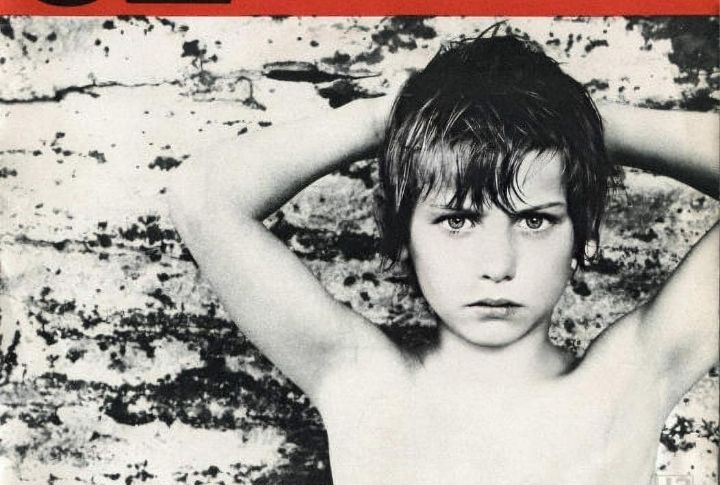
In a 30th January 1972 tragic event known as Bloody Sunday, British soldiers in Derry, Northern Ireland, shot unarmed civil rights protesters, killing 14 people. Released in 1983, “Sunday Bloody Sunday” addresses this unfortunate incident and captures the anger and sorrow of the incident. The lyrics call for peace and criticize the violence, making it one of the band’s most influential and politically charged songs.
“Strange Fruit” by Billie Holiday
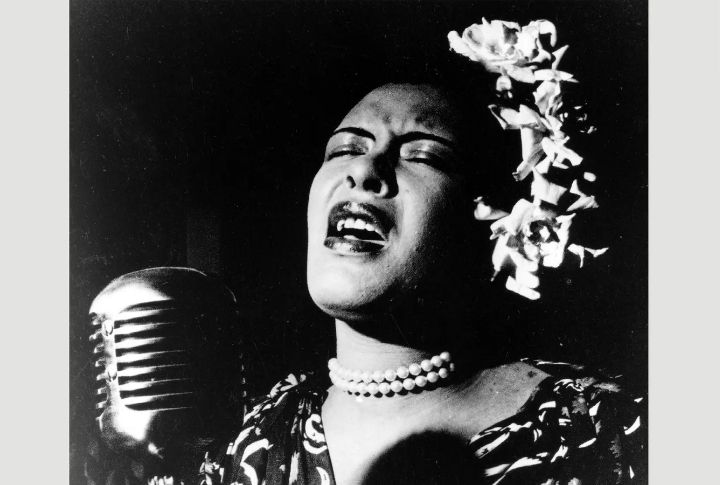
Originally a poem by Abel Meeropol, it was turned into a song and performed by Billie Holiday in 1939. “Strange Fruit” is a solemn protest against the lynching of African Americans in the South. The graphic imagery of “black bodies swinging in the Southern breeze” starkly depicts the horrors of racial violence. Holiday’s emotional rendition helped raise awareness about the brutal reality of racism in America.
“Hallelujah” by Leonard Cohen
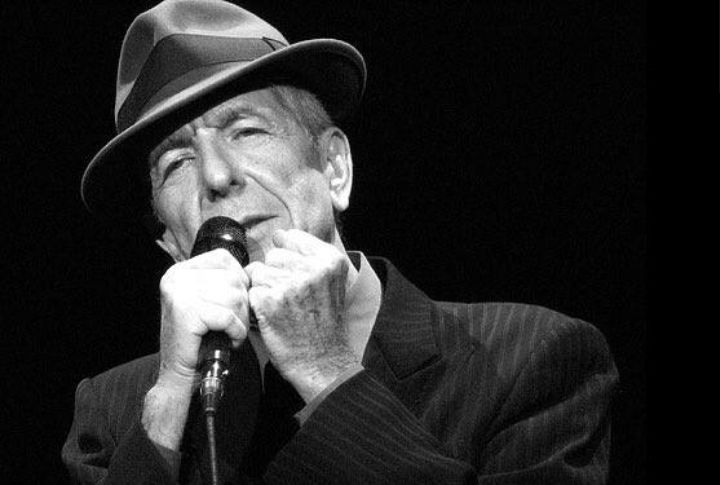
While not immediately apparent, “Hallelujah” has a deeply personal and somewhat disturbing backstory. Leonard Cohen wrote the song over several years, during a period of depression and professional struggles. The lyrics relay the themes of love, faith, and despair, reflecting Cohen’s inner turmoil.


Comments
Loading…